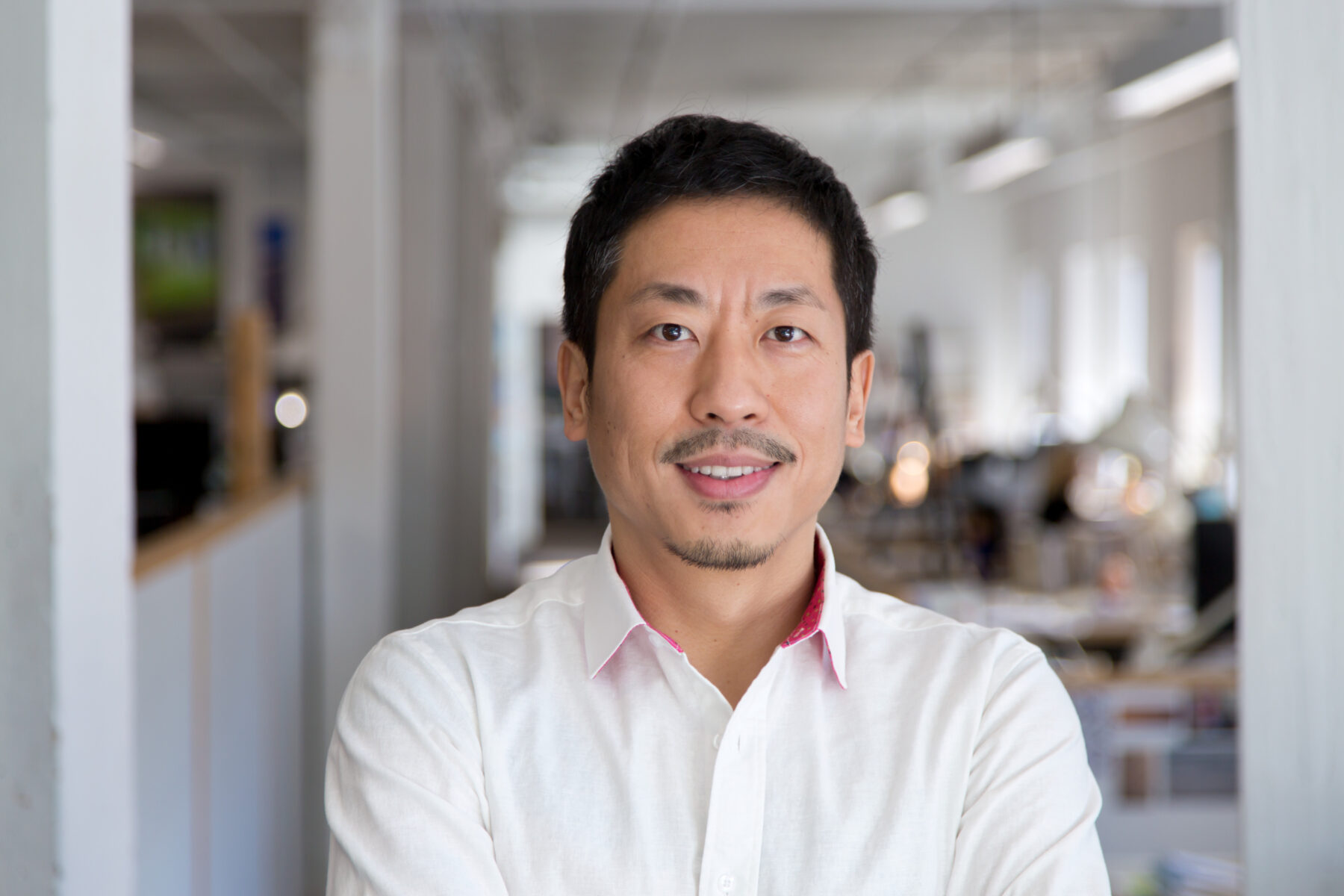
The American Society of Landscape Architects has selected 50 members to elevate as ASLA Fellows, including Sasaki Principal Tao Zhang.
 Sasaki
Sasaki

The American Society of Landscape Architects has selected 50 members to elevate as ASLA Fellows, including Sasaki Principal Tao Zhang.
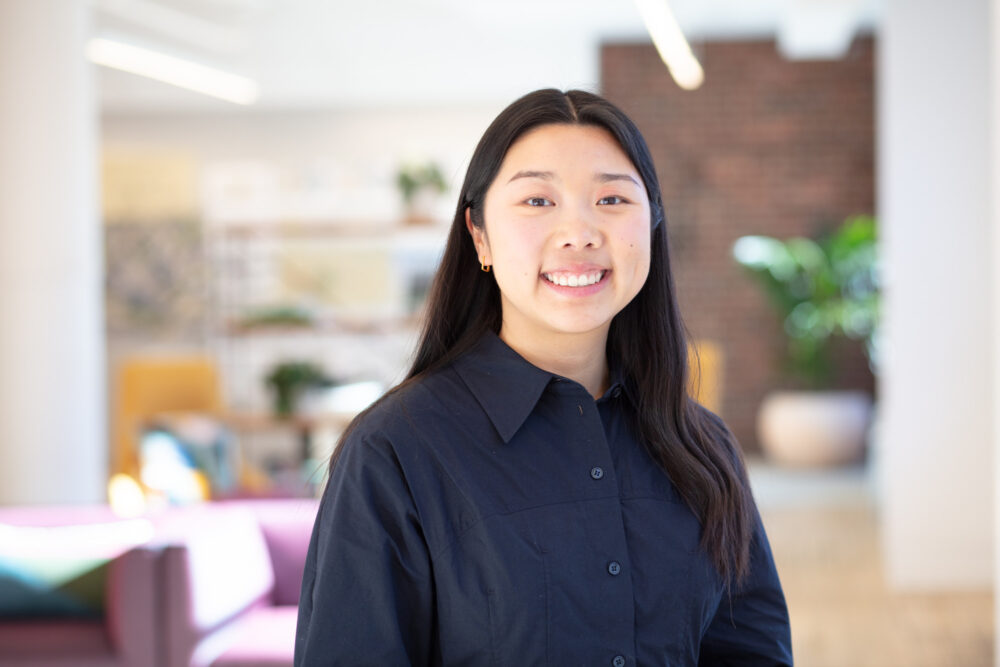
Working across scales and sectors, planner Felicia Jiang is committed to authentically engaging residents in shaping their built environment.

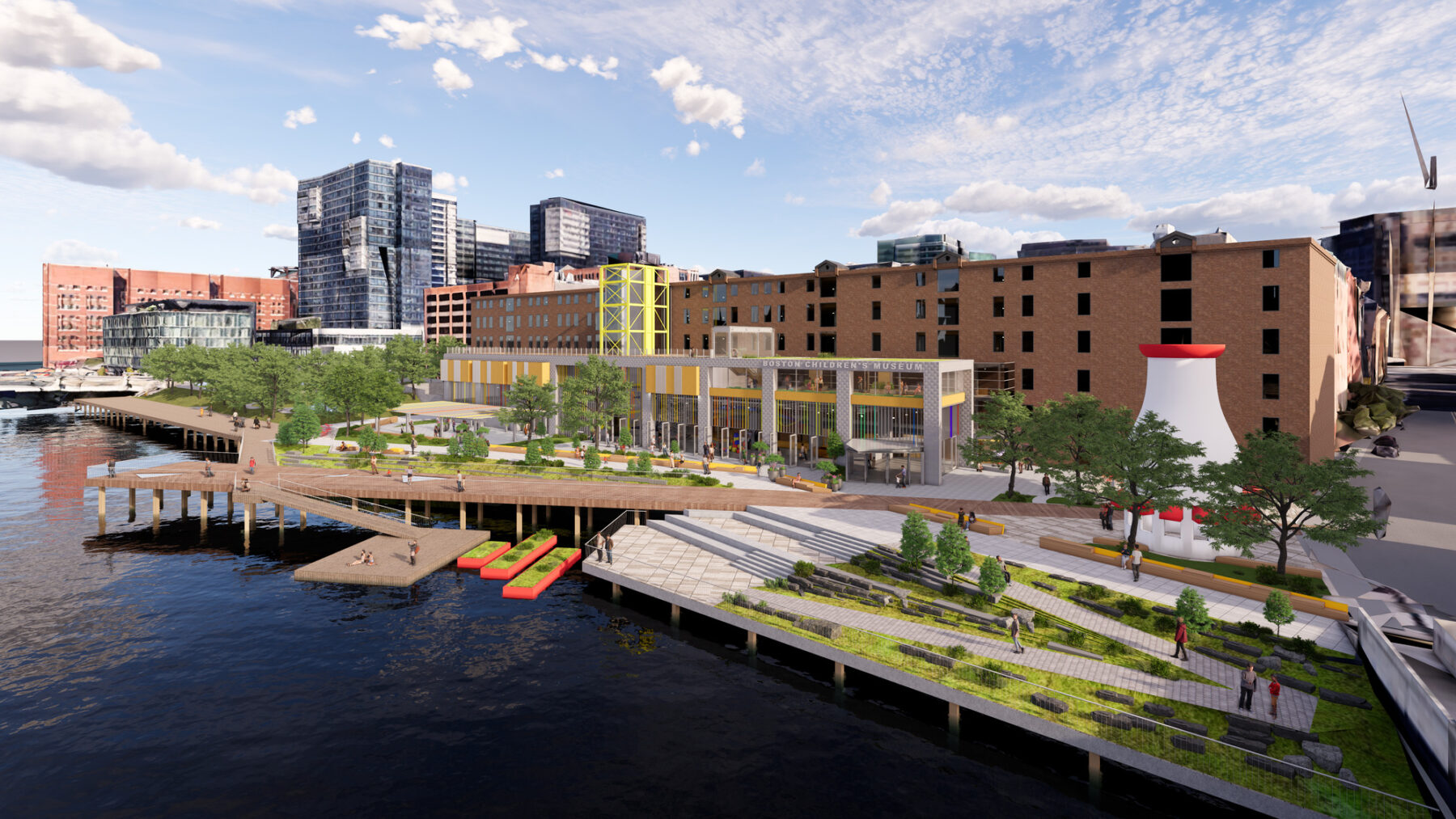
Sasaki Associate Principal and Designer Marta Guerra-Pastrián explores how thoughtful design can embrace water as a collaborator in building more resilient communities.
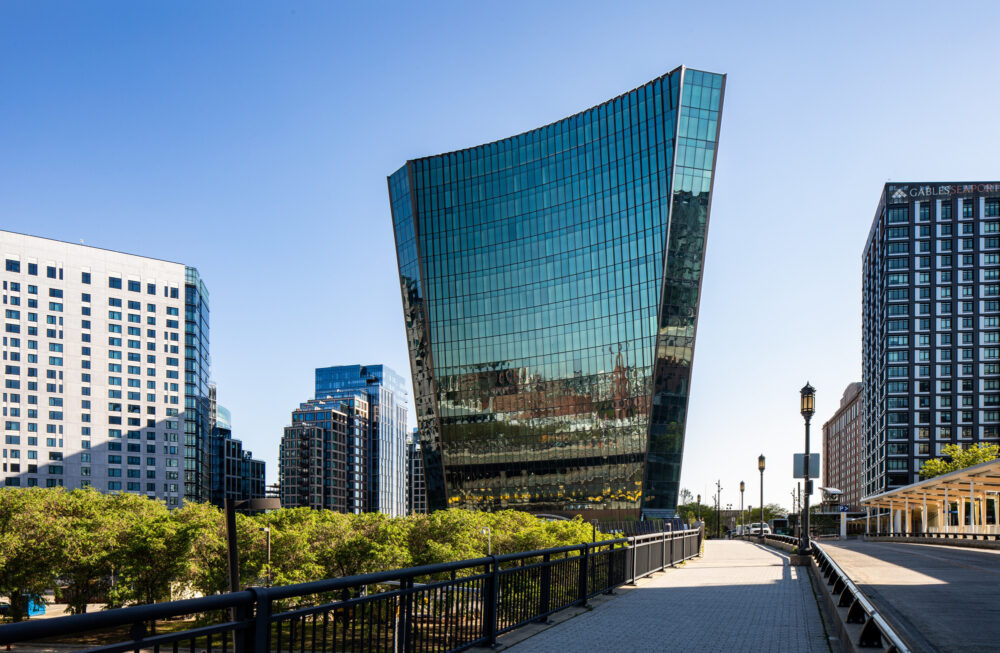
The newest addition to Boston’s skyline finds its form within its context.
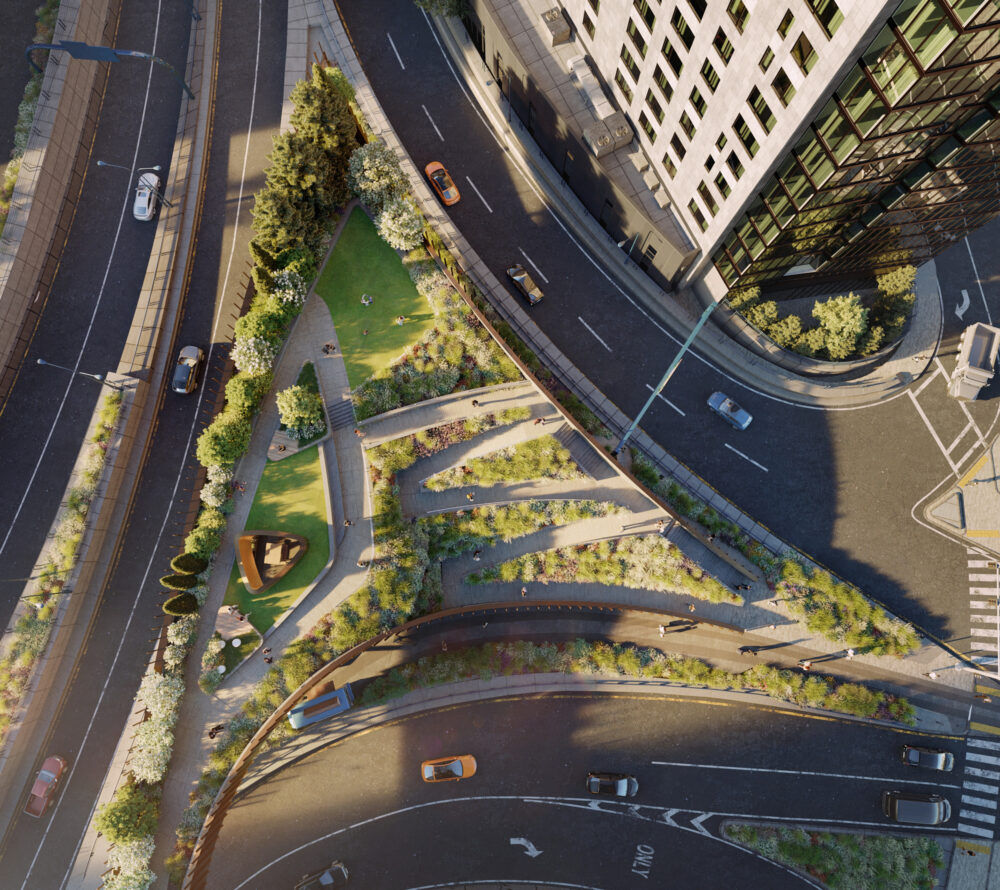
10 World Trade's public realm creates new connections in Boston's Seaport.

Ashley explores the intersection of art, history and people in landscape architecture through personal memory and a sense of discovery.
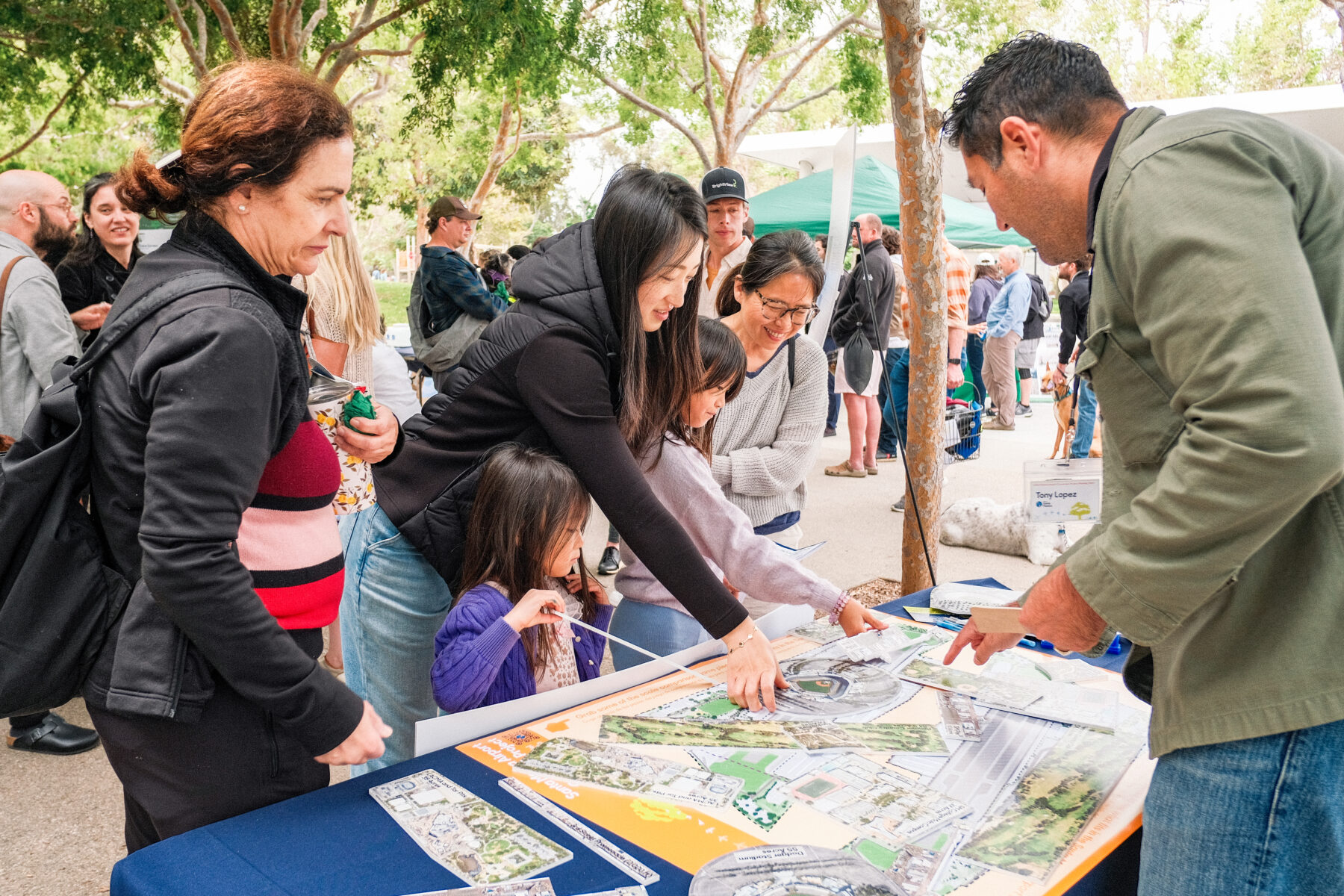
By using multiple modes of outreach, Santa Monica's airport conversion project shows how innovative community engagement can help shape a shared vision centered on a “Great Park.”

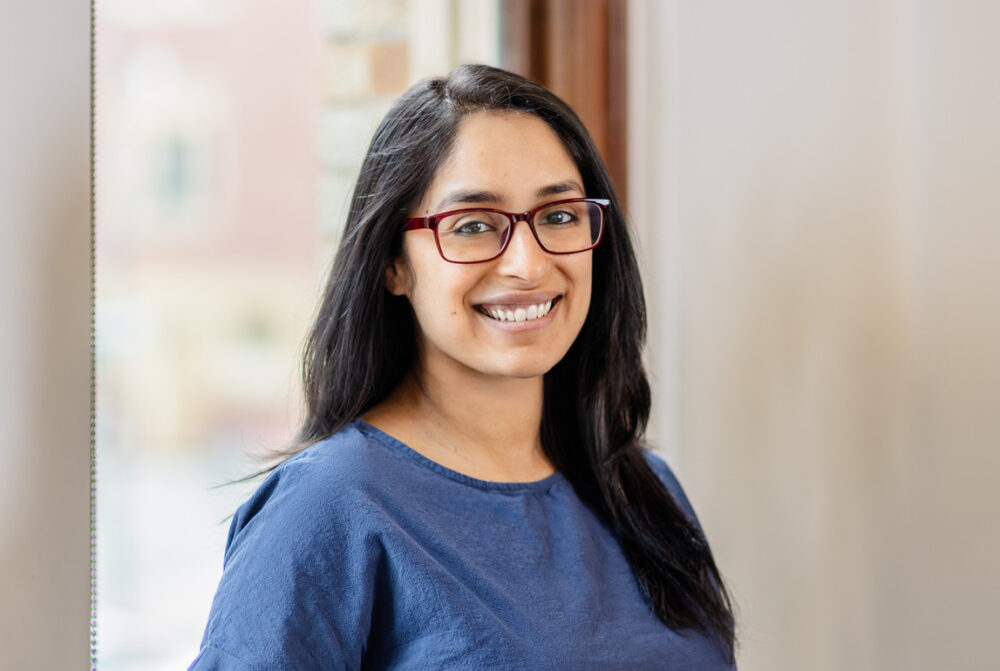
Tanvi Sharma's journey from architecture to urban and campus planning reveals how a single transformative experience can reshape a professional trajectory.
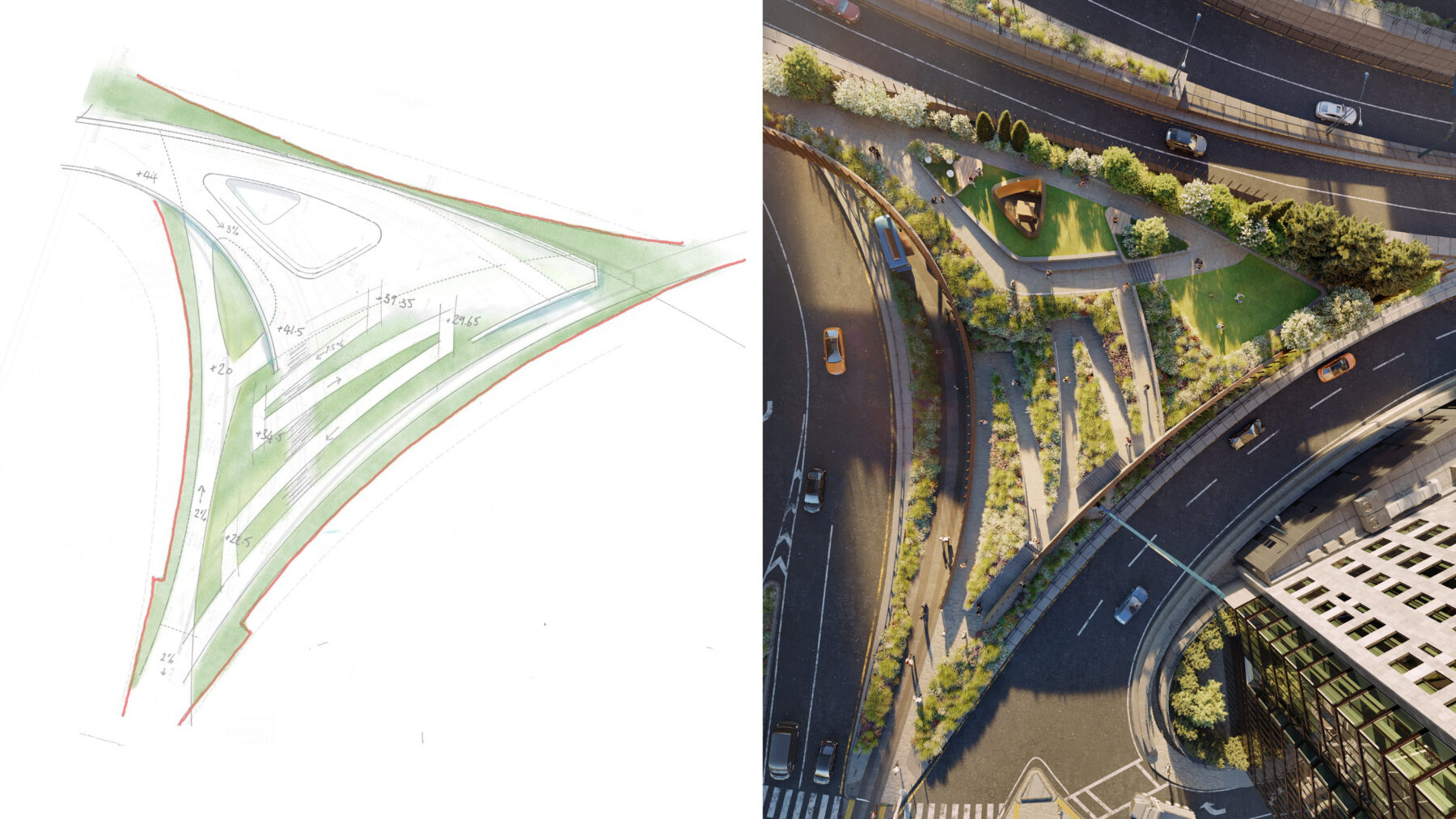
Sketching serves as a powerful conduit between thought and form; it also offers landscape architects a unique medium for exploration and clarity.
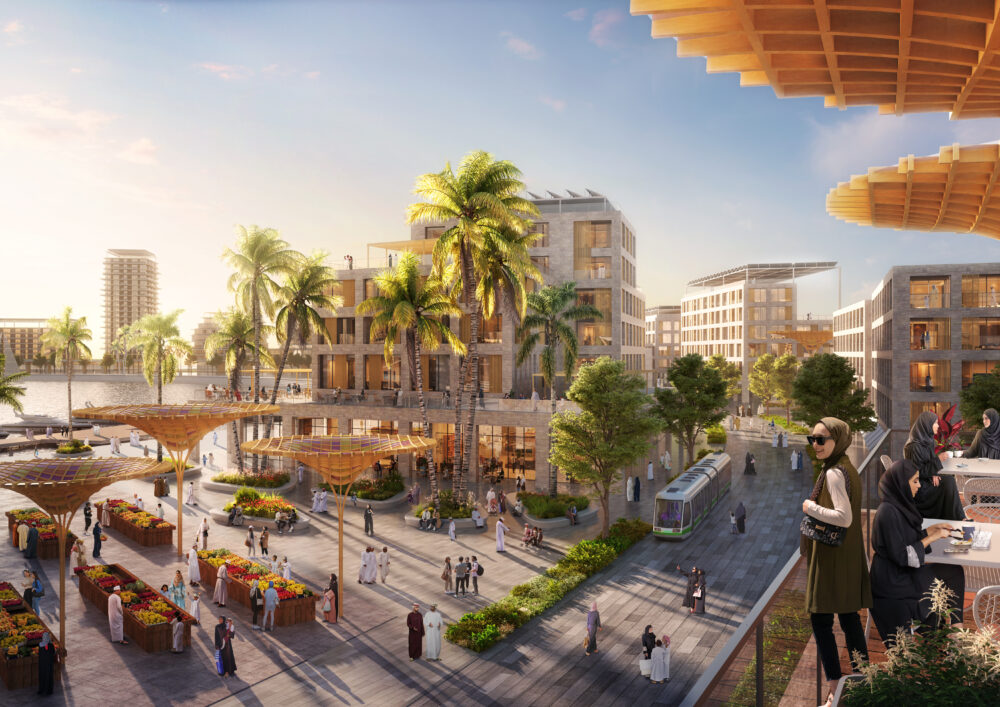
Sasaki has been selected by Oman’s Ministry of Housing and Urban Planning to create a visionary master plan for the waterfront of Salalah, the country’s second-largest city and a major logistical port and tourist destination.
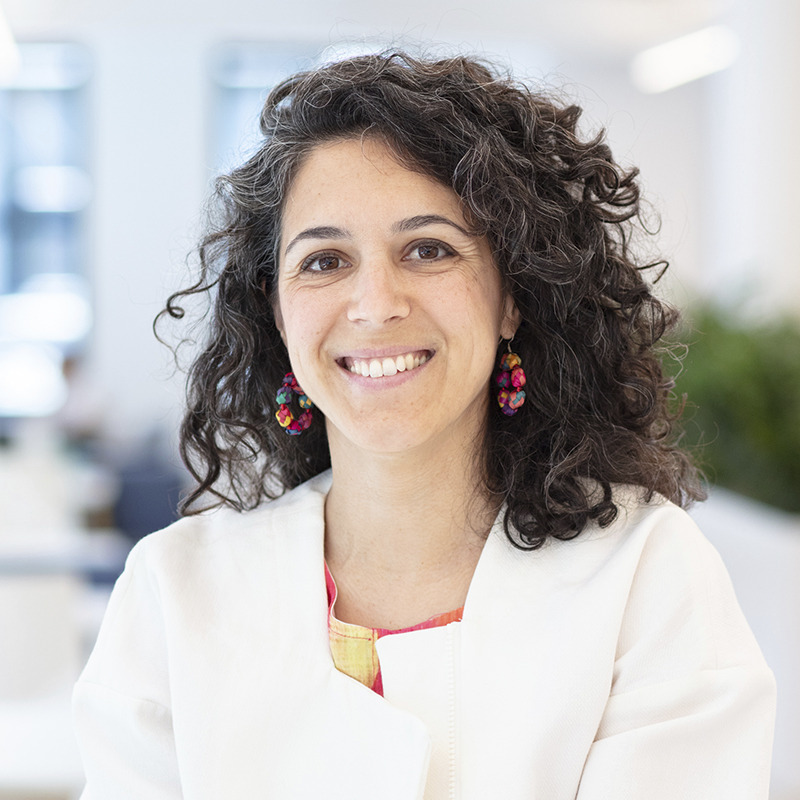
Marta shares her process of shaping spaces that balance context, innovation, and community needs.
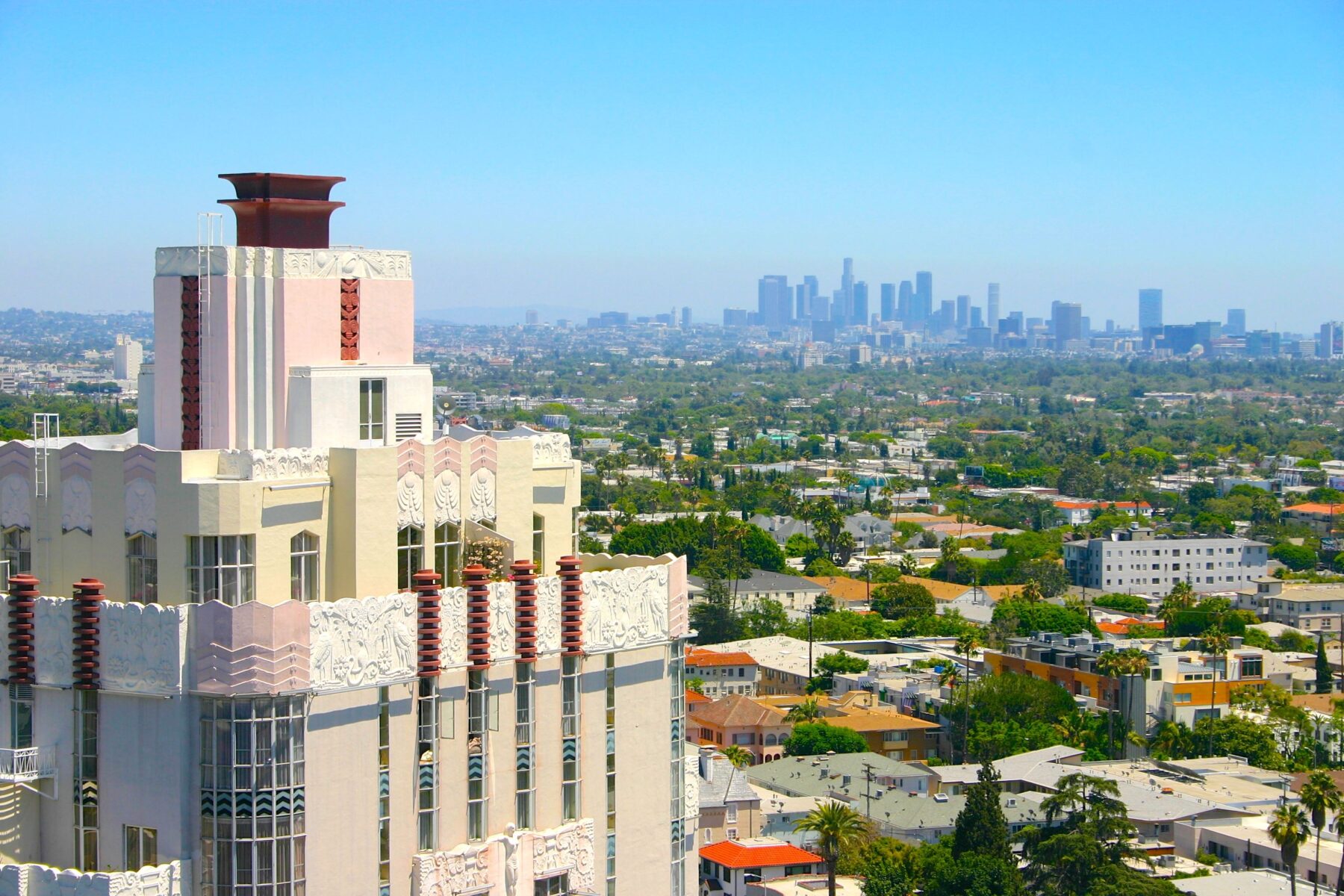
Sasaki has been selected by the City of West Hollywood to develop a blueprint for addressing urgent housing issues in the region
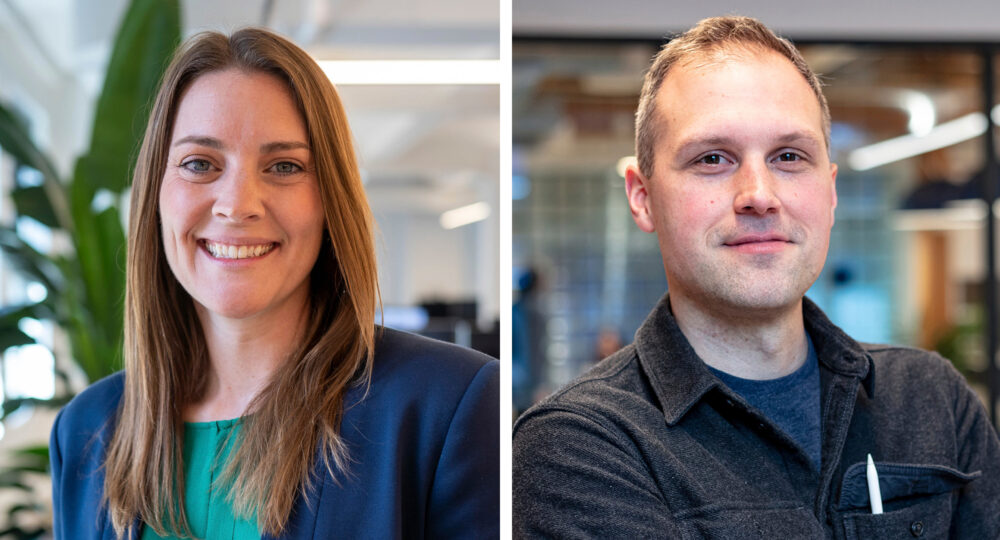
Emily Parris and Ian Scherling join Sasaki's leadership group

The alchemy of landscape and architecture in Hideo Sasaki's early corporate campuses
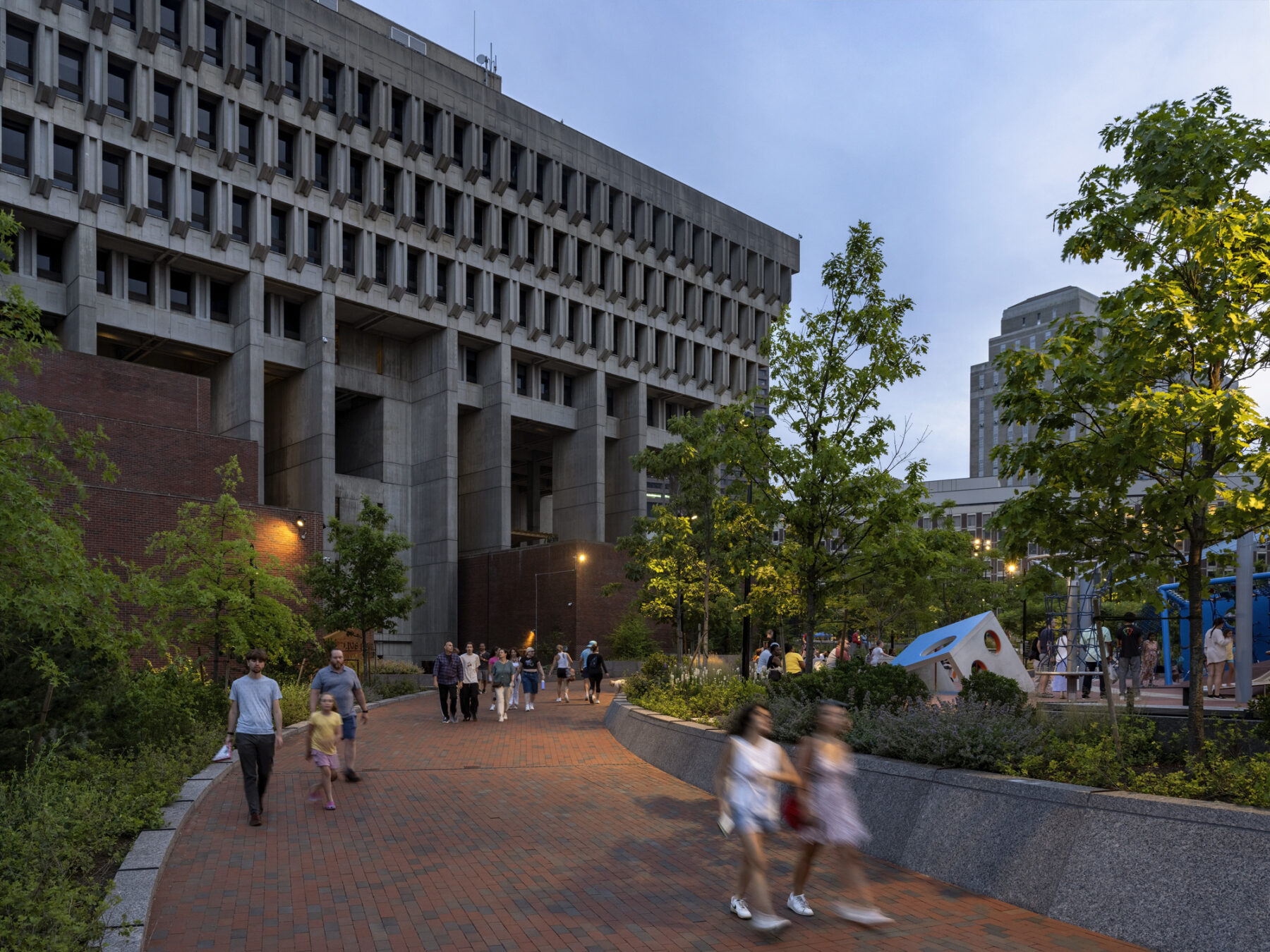
Boston City Hall Plaza is not only a notable civic space but also a case study for solving complex civil engineering challenges in a dense urban environment.
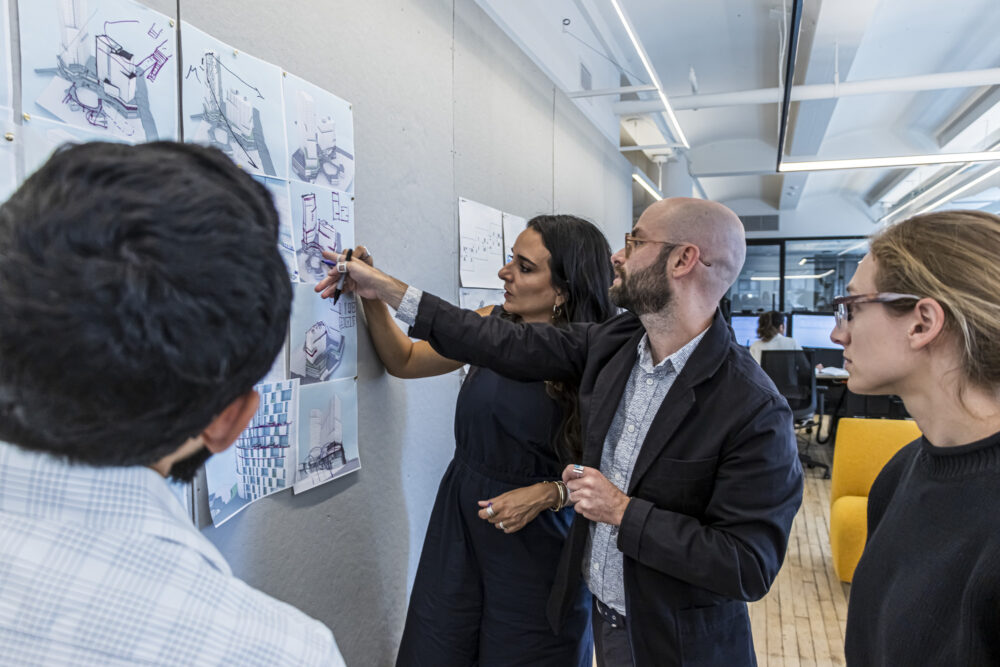
Jerolim believes the role of an architect is no longer confined to drafting plans or overseeing construction. It extends to being an educator, a mentor, and a facilitator of dialogues that shape the built environment in profound ways.
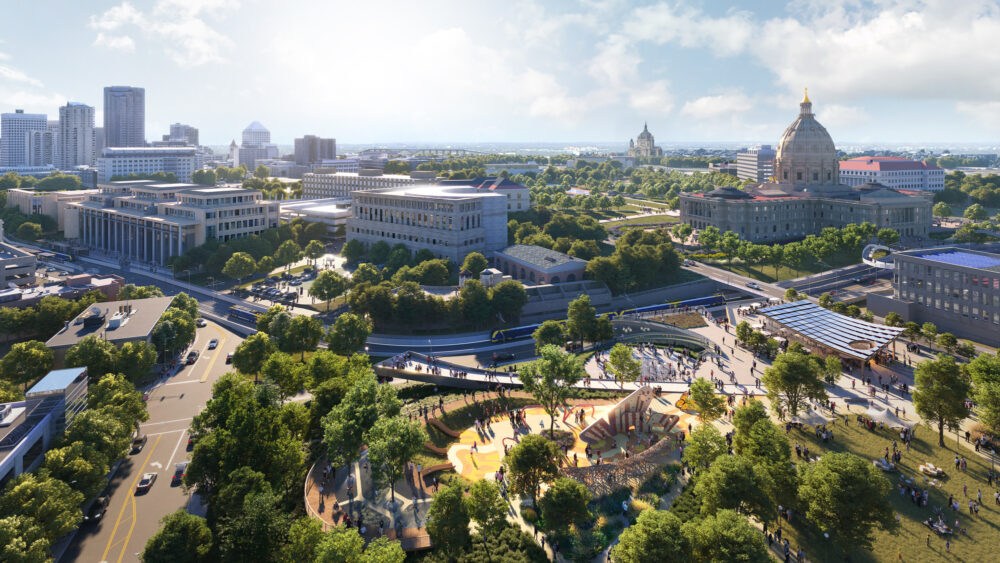
Capitols are more than symbols of democracy; they provide functional civic space. Capitol campuses should not be frozen in time, but rather should evolve to meet society's needs.